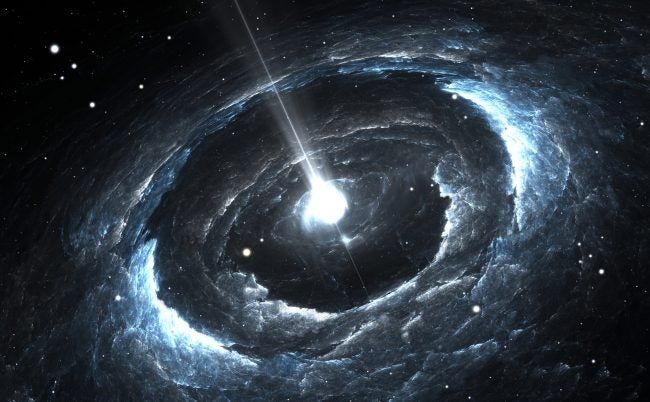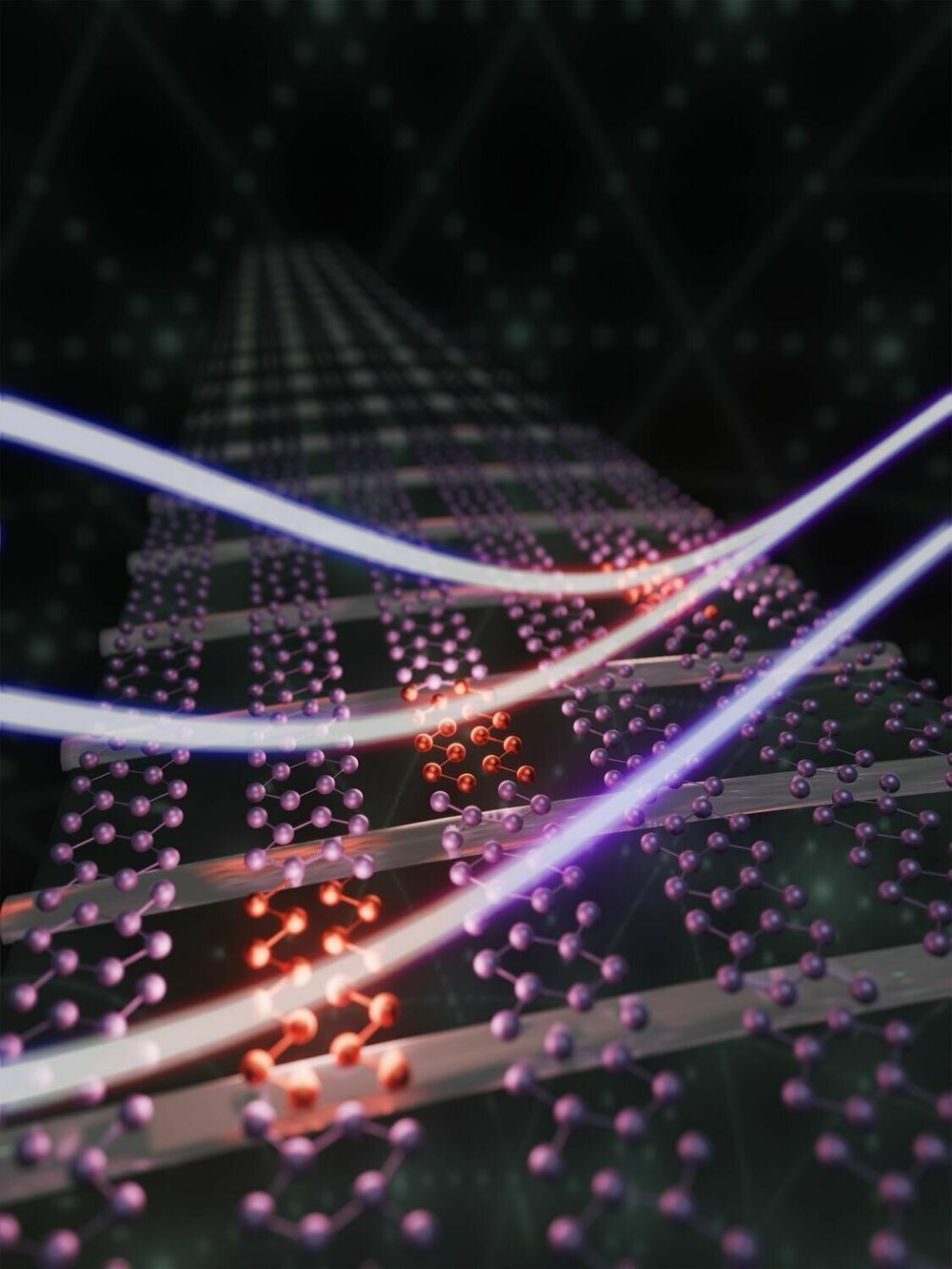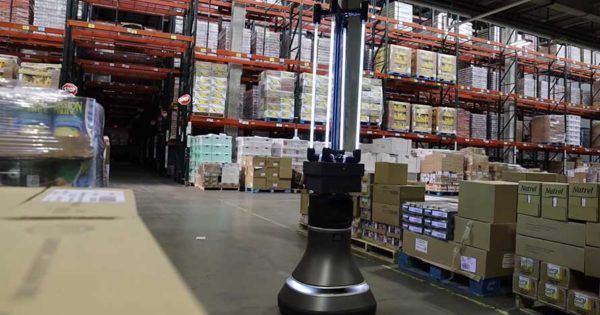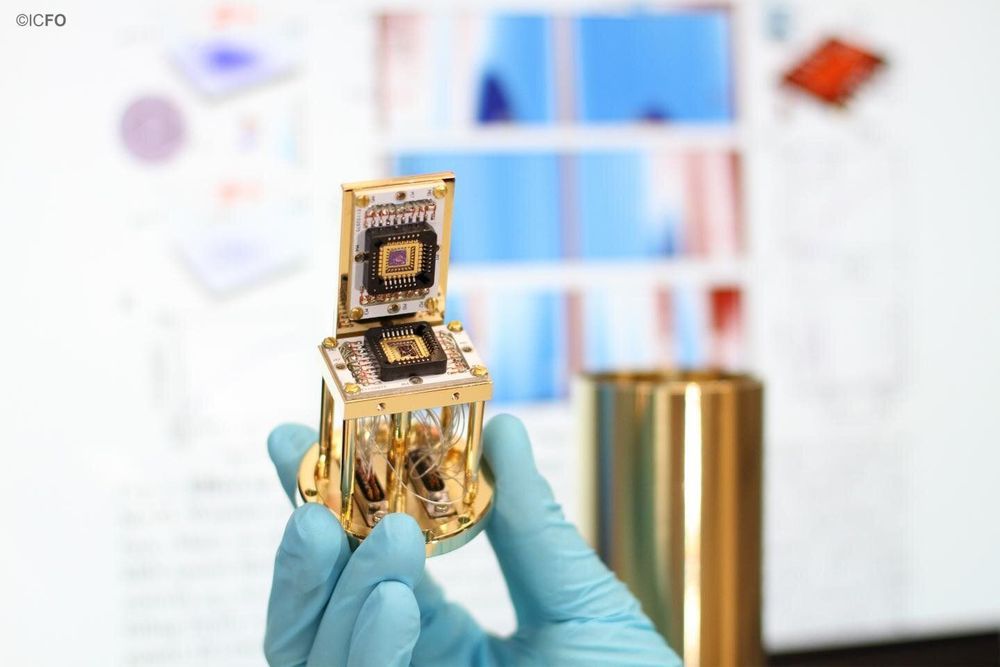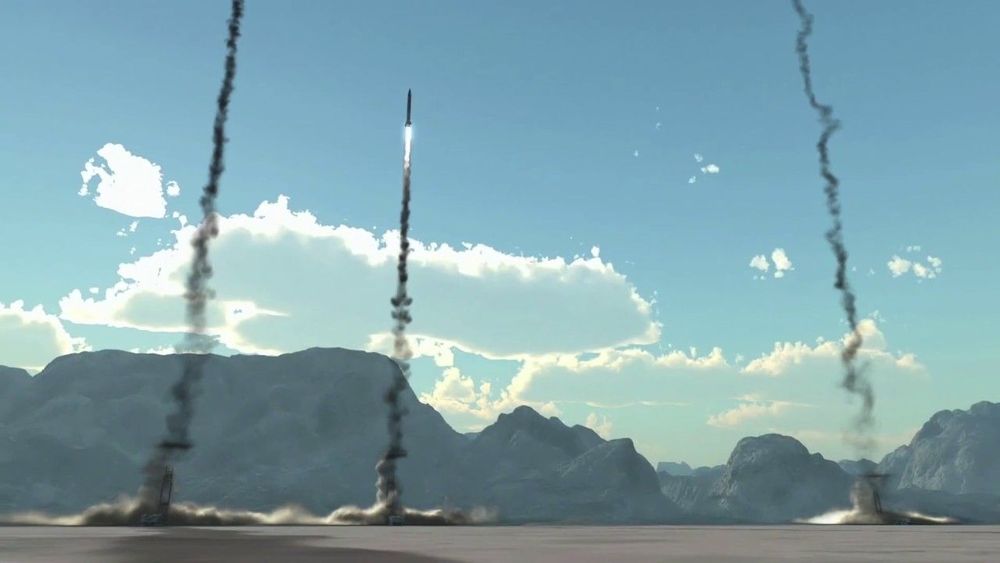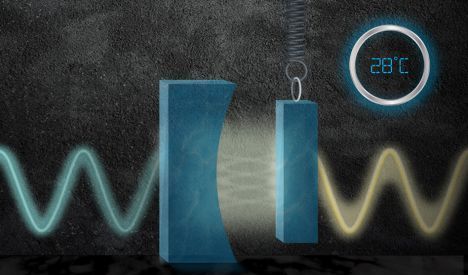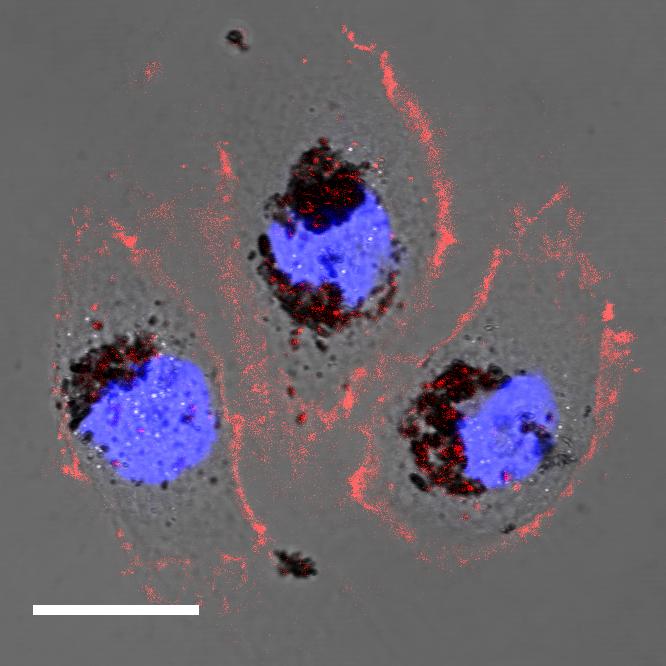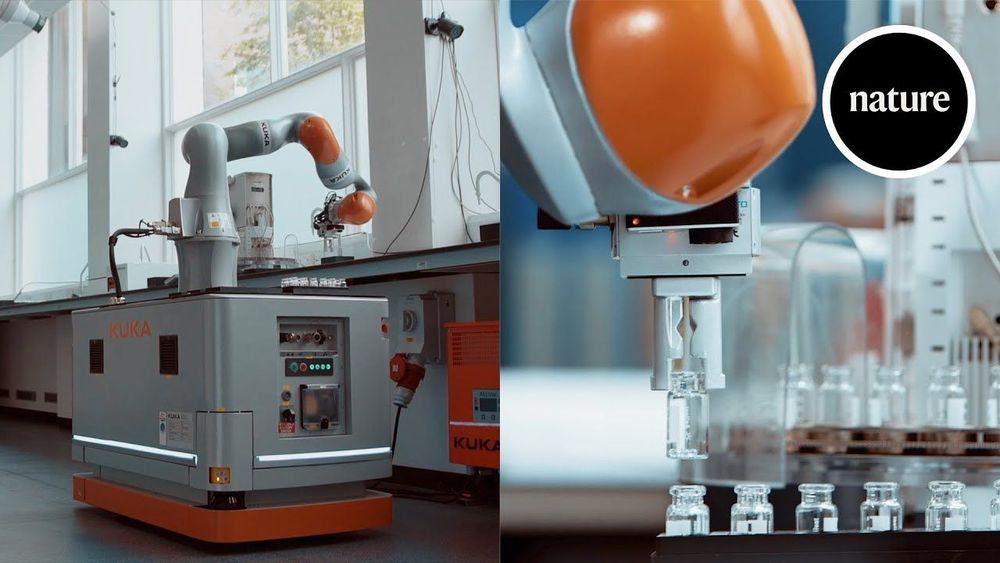Jul 8, 2020
Beyond Comprehension –“Neutron Star’s Superfluid, Superconducting Core at Supranuclear Densities”
Posted by Quinn Sena in categories: cosmology, nuclear energy, quantum physics
Neutron stars are an end state of stellar evolution, says astrophysicist Paul Lasky, at Australia’s Monash University and OzGrav. “They consist of the densest observable matter in the universe, under conditions that are impossible to produce in the laboratory, and theoretical modeling of the matter requires extrapolation by many orders of magnitude beyond the point where nuclear physics is well understood.”
“Gravitational-wave astronomy is reshaping our understanding of the universe,” said Lasky, about a new study co-authored by the ARC Center of Excellence for Gravitational Wave Discovery (OzGrav) that makes a compelling case for the development of “NEMO” —a new observatory in Australia that could deliver on some of the most exciting gravitational-wave science next-generation detectors have to offer, but at a fraction of the cost.
The study today presents the design concept and science case for a Neutron Star Extreme Matter Observatory (NEMO): a gravitational-wave interferometer optimized to study nuclear physics with merging neutron stars, using high circulating laser power, quantum squeezing and a detector topology specially designed to achieve the high frequency sensitivity necessary to probe nuclear matter using gravitational waves.
